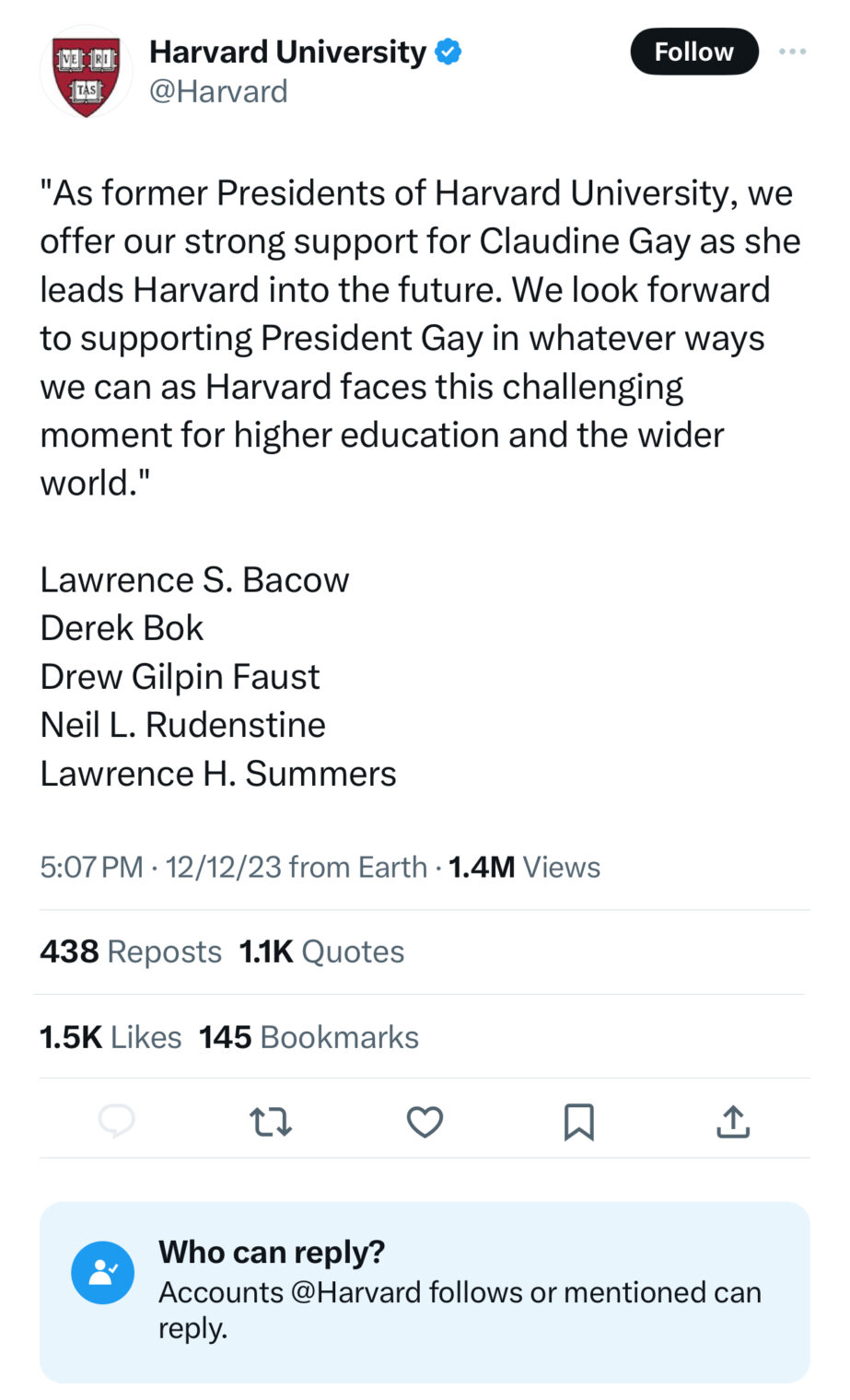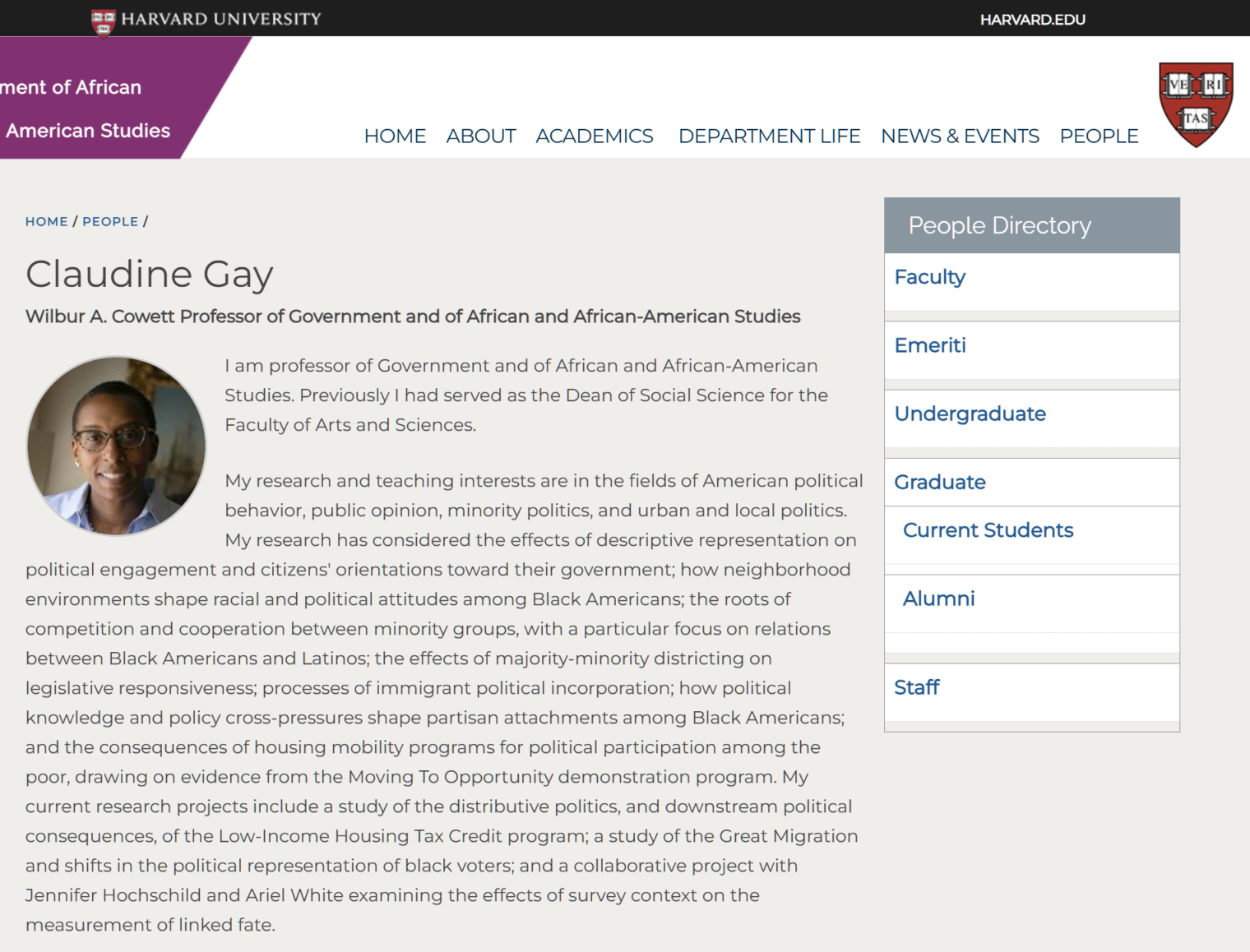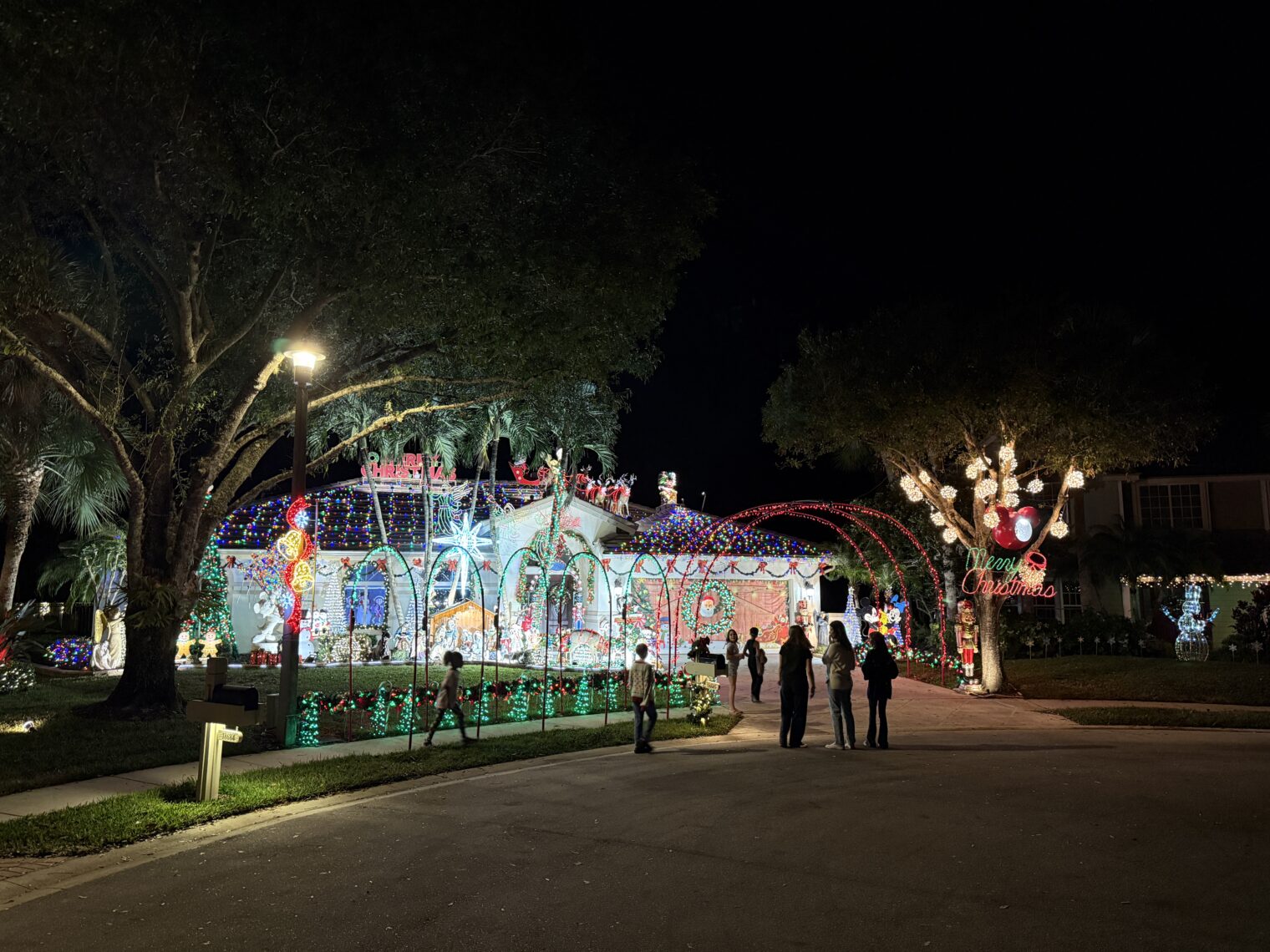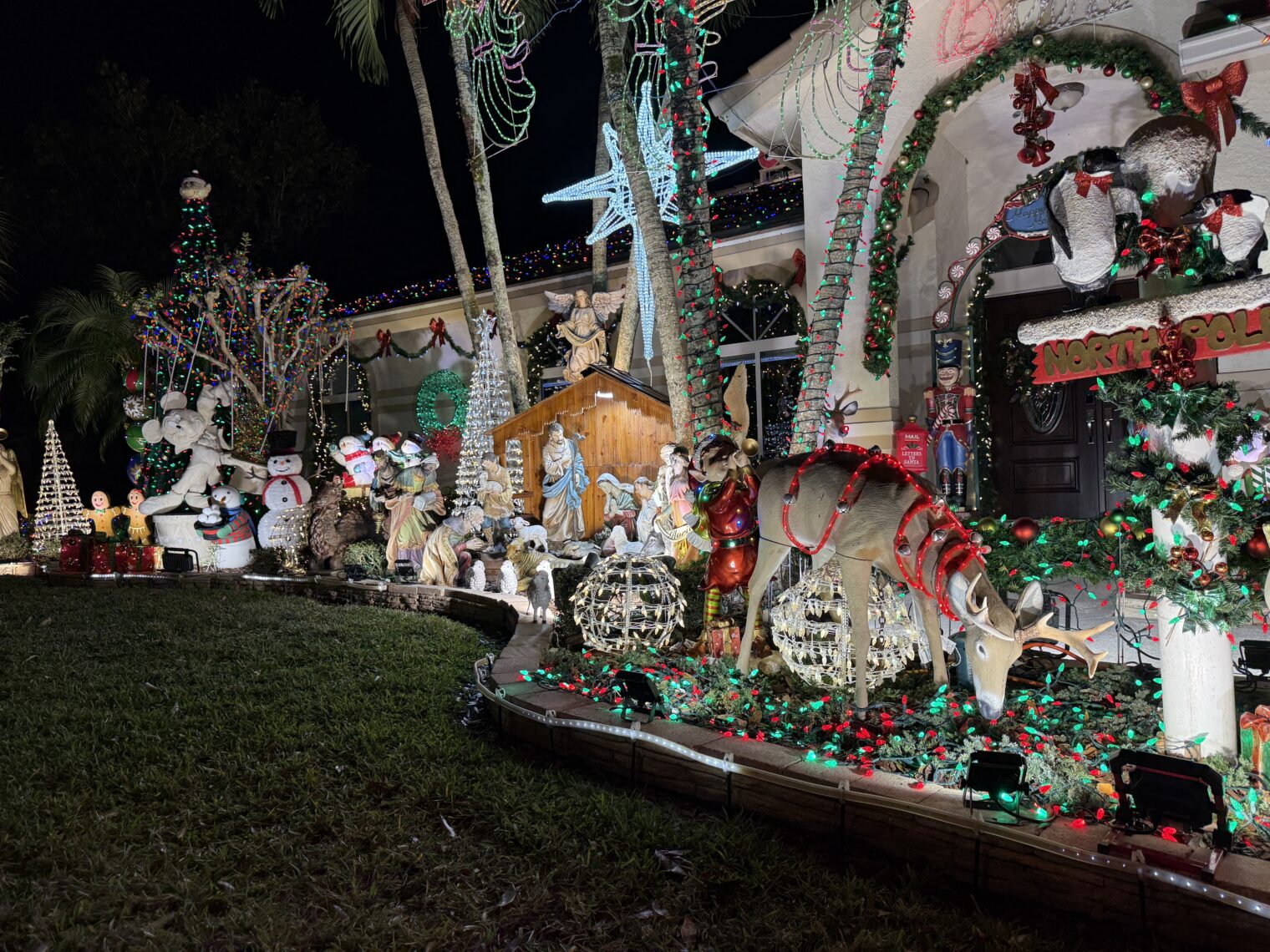Jimmy Carter died today, aged 100. He is most associated in Americans’ mind with raging inflation (unfairly, I think, since it was Lyndon Johnson who indulged in a massive expansion of both the welfare state (Medicaid, Medicare, food stamps, taxpayer-funding housing) and the U.S. role in the Vietnam War) and impotence against powerful Islamic foes, e.g., the Iranian Muslims who took Americans hostage in Tehran.
Let’s look at an area where Jimmy Carter was temporarily out in front of fellow Democrats: support for the Islamic Resistance Movement (“Hamas”).
In 2006, Carter was on the ground monitoring the election in which Palestinians voted Hamas into power (Hamas should legitimately be the ruler of the West Bank as well as Gaza, but that’s a longer story). Trip report:
On election day, Rosalynn and I visited 25 polling sites, in East Jerusalem and its outskirts, Hebron, Ramallah, and Jericho. It seemed obvious to us and other observers that the election was orderly and peaceful and that there was a clear preference for Hamas candidates even in historically strong Fatah communities. Even so, we were all surprised at the enormity of the Hamas victory.
(Note the incorrect-for-traditionalists use of the word “enormity” to describe something large.)
In 2006, he wrote an op-ed for the Washington Post titled “Don’t Punish the Palestinians”:
The election of Hamas candidates cannot adversely affect genuine peace talks … even if Hamas does not soon take the ultimately inevitable steps of renouncing violence and recognizing Israel’s right to exist.
It’s comforting to know that Hamas will inevitably renounce violence (when they run out of ammo?).
2009: “first of all Hamas has to be accepted by the international community as a legitimate player in the future, and that is what I am trying to do today.” (New York Times)
2014: “Ending this war in Gaza begins with recognizing Hamas as a legitimate political actor.” (Foreign Policy); see also USA Today: “Jimmy Carter calls for recognizing terror group Hamas”
2015: “Carter says Hamas leader committed to peace, Netanyahu not” (Times of Israel): “I don’t believe that he’s a terrorist. He’s strongly in favor of the peace process,” Carter said of Hamas politburo chief Khaled Mashaal. (Wikipedia regarding the same noble peace-lover: “On 3 September 2024, the U.S. Department of Justice announced criminal charges against Mashal for allegedly orchestrating the 7 October attack on Israel”)
From 2007 by Alan Dershowitz, who joined Harvard prior to the institution’s conversion to Queers for Palestine:
By 2021, Joe Biden, Kamala Harris, and whoever was actually running the U.S. had come to see things Jimmy Carter’s way. “Reversing Trump, Biden Restores Aid to Palestinians” (NYT):
The move will once again make the United States a leading donor to the United Nations agency that assists about 5.7 million Palestinians in the Middle East.
The Biden administration announced on Wednesday that it would restore hundreds of millions of dollars in American aid to Palestinians, its strongest move yet to reverse President Donald J. Trump’s policy on the protracted Israeli-Palestinian conflict.
The restoration of aid amounted to the most direct repudiation so far of Mr. Trump’s tilt toward Israel in its decades-old conflict with the Palestinian population in Israeli-controlled territories.
In other words, via the implementation of Carter’s 15-year-old ideas U.S. taxpayers fully funded the October 7, 2023 attacks against Israel (we gave the Gazans hundreds of millions of dollars in recent years, enabling men to refrain from working to put food on their families’ tables, thus freeing them to spend full time on military training).
How did Carter’s pro-Hamas sentiments turn into Queers for Palestine? “Jimmy Carter: ‘I believe that Jesus would approve of gay marriage’” (The Hill, 2018).
(Jesus is quoted by Matthew as saying that “sexual immorality” happens because of “evil thoughts”. A man having sex with another man was proscribed as “an abomination” by Leviticus and Jesus never promulgated a substitute set of regulations for sex acts. I wonder what would happen if we could get into a time machine and go back to Jerusalem in AD 30, show Jesus videos of modern 2SLGBTQQIA+ lifestyles (including, of course, the bathhouse!), and then ask him to bless/approve of these activities.)
Loosely related, a bit more about Carter’s theology (Forward):
Carter continued to teach Bible classes, later released in audiobook form. During one, he stated that Jesus “directly challenged in a fatal way the existing church, and there was no possible way for the Jewish leaders to avoid the challenge. So they decided to kill Jesus.”
Carter reiterated this calumny of Jews as Christ-killers, the basis for centuries of antisemitic persecution, in yet another Sunday school lesson about how Jesus was aware that he was risking death “as quickly as [it] could be arranged by the Jewish leaders, who were very powerful.”
Thus contradicts what the PhDs in religion say, e.g., from Frank K. Flinn, professor at Washington University in St. Louis (source):
Romans killed Jesus as a political threat, as they had killed many other prophets, brigands, rebels during the first century. Josephus the Jewish historian recounts many examples in his Jewish War and Jewish Antiquities. Had the Jewish authorities been directly involved, Jesus would have been stoned, as Stephen was in Acts 7. Only Roman authorities could authorize crucifixions and they often did so on a gruesome, massive scale.
Full post, including comments 





















